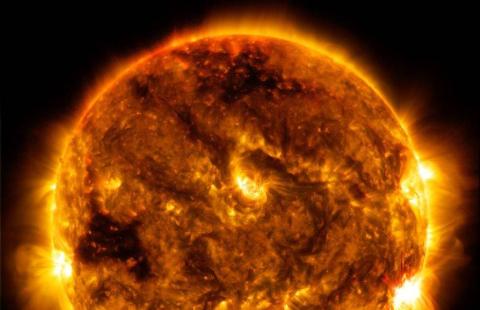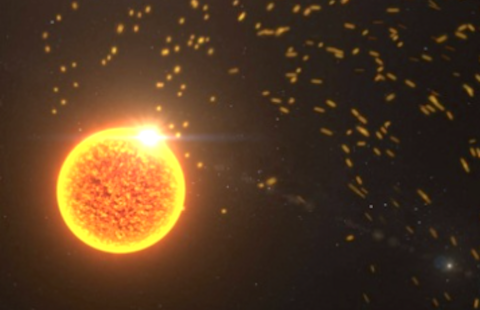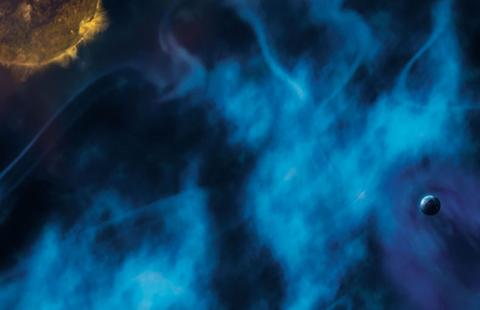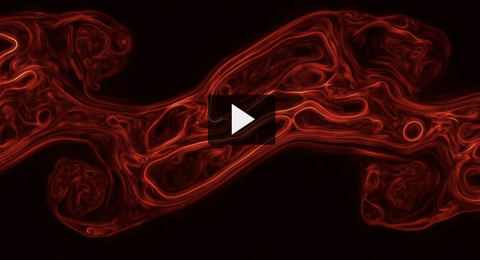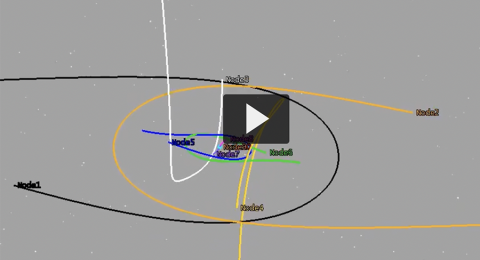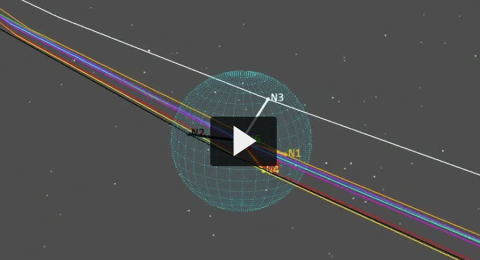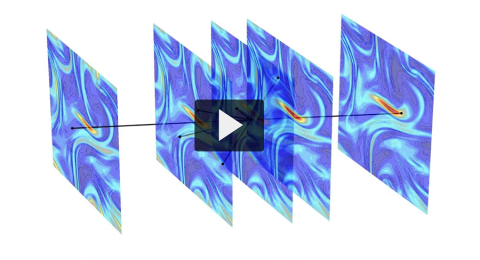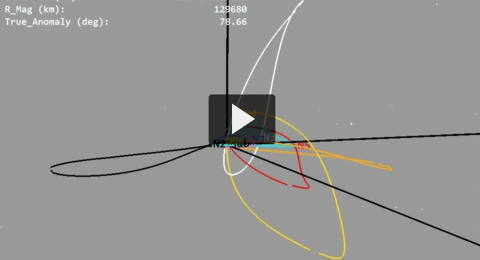HelioSwarm

HelioSwarm is a new NASA mission led by Harlan Spence, Director for the UNH Institute for the Study of Earth, Oceans, and Space. HelioSwarm's novel implementation will unlock the mystery of how turbulence heats space plasma, which is matter that makes up key elements in the Universe, like the Sun, stars, solar wind and even the Earth's upper atmosphere.
The mission will include the development of a suite, or swarm, of nine spacecraft to observe turbulence in the solar wind — charged particles released from the Sun — and the interplanetary magnetic field. One large spacecraft, known as the “hub,” and eight smaller spacecraft, called the “nodes,” will co-orbit to monitor the ever-changing turbulence in space to reveal for the first time how these variations look in three dimensions and how they evolve.
Mission Facts
Duration
12 month science mission accesses all plasma environments
Launch Readiness Date
No sooner than 05/18/2026
Flight System
One hub and 8 co-orbiting node spacecraft
Transfer Trajectory
Hub carries nodes to science orbit using LADEE and TESS heritage phasing loops and a lunar swingby
Science Orbit
P/2 lunar resonant orbit (2-week period) provides access to the pristine solar wind (apogee 60 RE) and robust data downlinks (perigee 17 RE)
Observatory Geometry
Carefully designed S/C separations in polyhedral and 3D
Communications
Hub-ground: S-band to DSN, Hub-node: S-band
Orbit Determination
Ground-based process uses heritage tools, DSN-hub tracking and hub-node relative ranging
Swarm Maintenance
Nodes perform small maneuvers to maintain relative motion and distances
Architectural Redundancy
Baseline science can be met with hub and 6 nodes

